The venerable flip clock has become an outsized part of timekeeping culture that belies the simplicity of its mechanism. People collect and restore the electromechanical timepieces with devotion, and even seek to build new kinds of clocks based on split-flap displays. Designs differ, but they all have something in common in their use of gravity to open the leaves and display their numbers.
But what if you turned the flip clock on its head? That’s pretty much what [Shinsaku Hiura] accomplished with a flip clock that stands up the digits rather than flipping them down. The clock consists of three 3D-printed drums that are mounted on a common axle and linked together with gears and a Geneva drive. Each numeral is attached to a drum through a clever cam that makes sure it stands upright when it rotates to the top of the drum, and flops down cleanly as the drum advances. The video below makes the mechanism’s operation clear.
The build instructions helpfully note that “This clock is relatively difficult to make,” and given the extensive troubleshooting instructions offered, we can see how that would be so. It’s not the first time we’ve seen a mechanically challenging design from [Shinsaku Hiura]; this recent one-servo seven-segment display comes to mind.


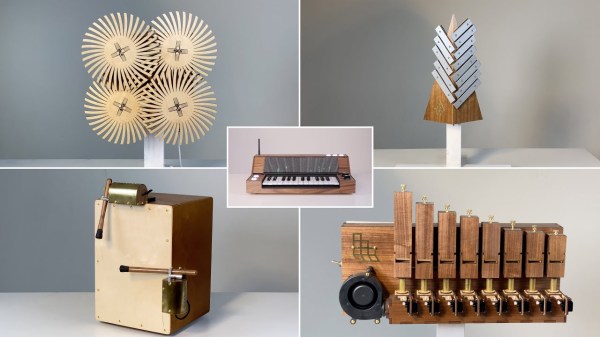

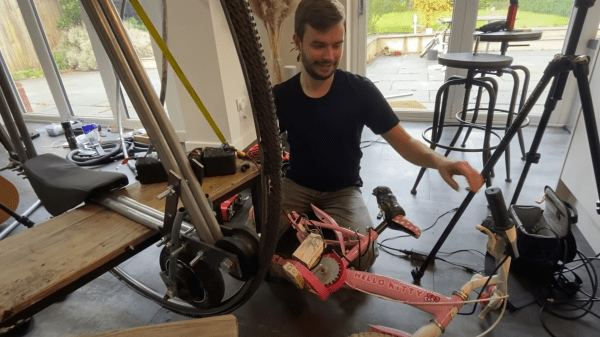
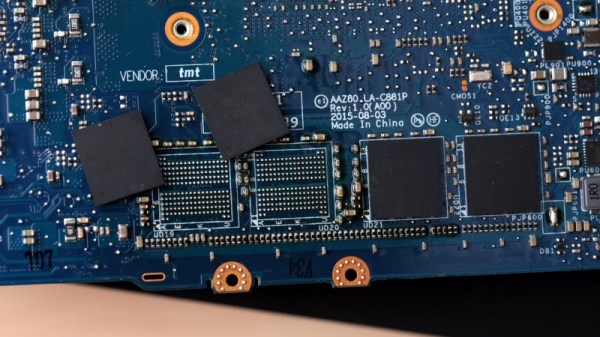
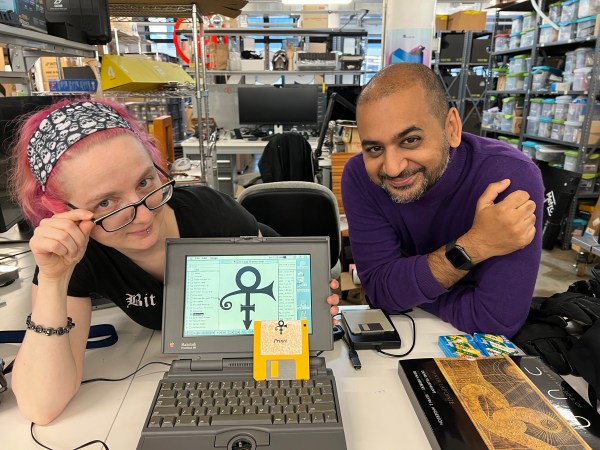
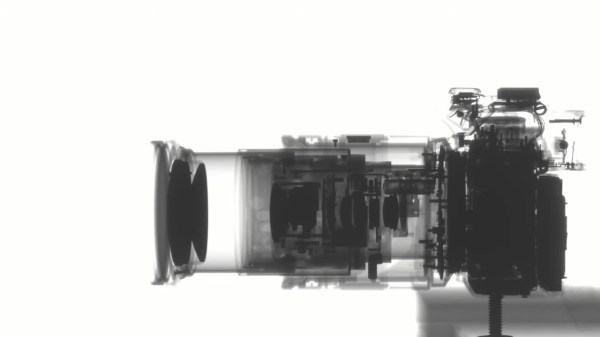
 The trick here is having an X-ray sensing panel that can be reused. It takes around five seconds of exposure to grab each 40×40 cm frame which are then assembled back into video.
The trick here is having an X-ray sensing panel that can be reused. It takes around five seconds of exposure to grab each 40×40 cm frame which are then assembled back into video.








